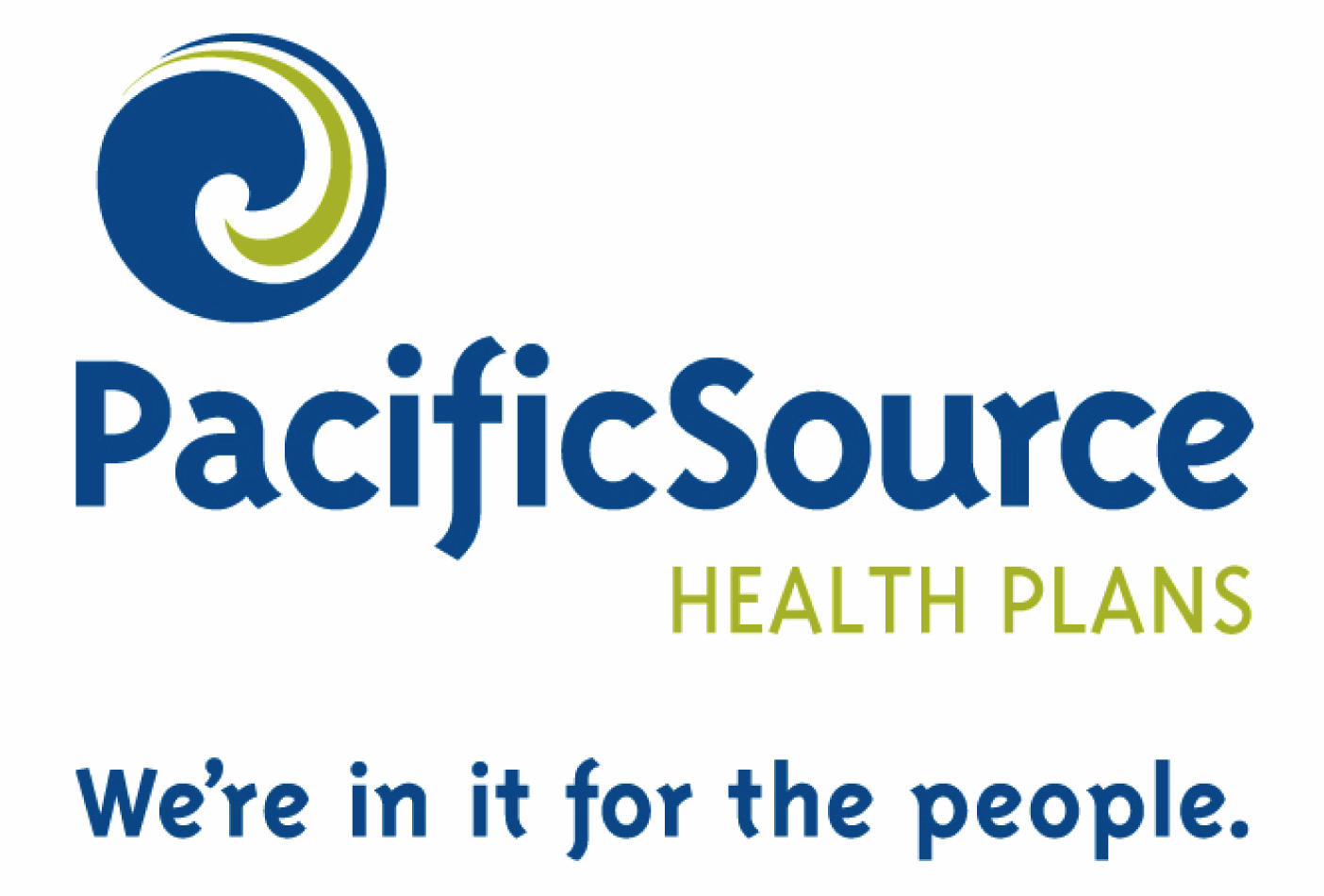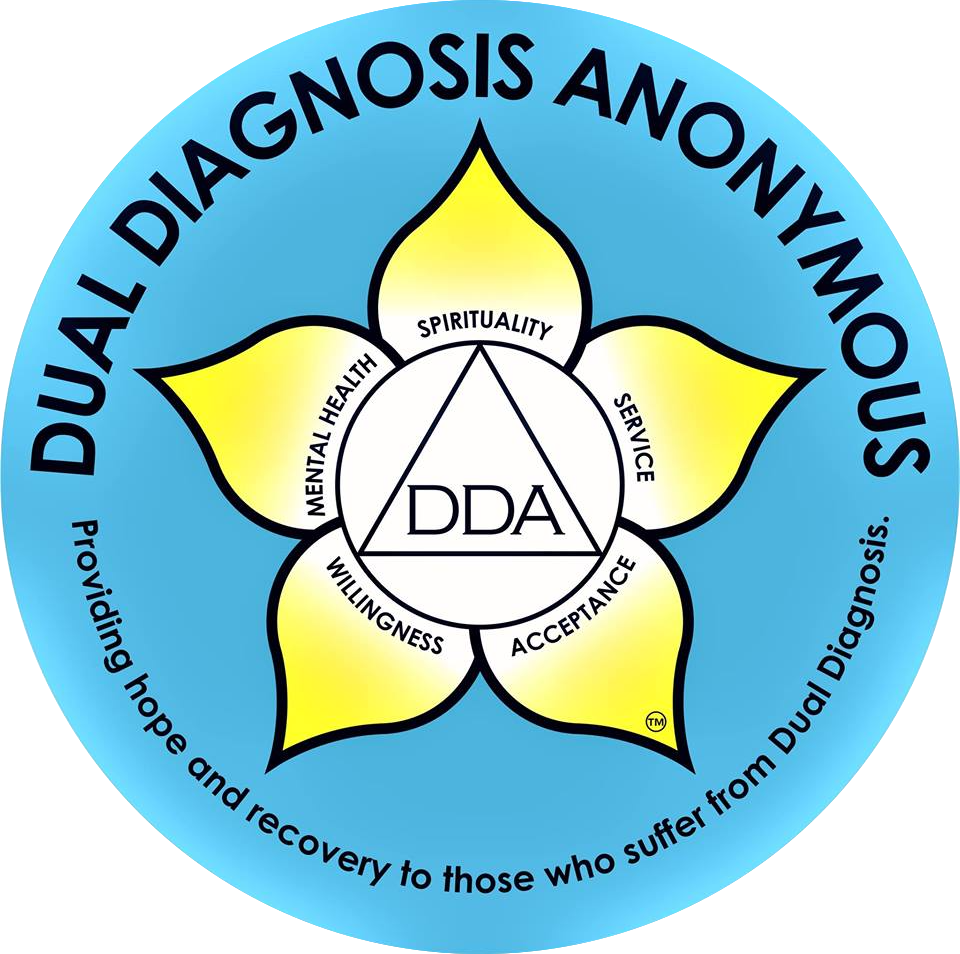Writing in the Oregonian, Joe Rojas-Burke reports on, “Safe, simple health tests you can do at home.” His story gets at one of the many drivers of our excalating health care cost. He begins:
The blood pressure cuff isn’t exactly cutting-edge technology, and yet there are times when it can provide better diagnostic information than a CT scanner and other vastly more complicated — and expensive — technologies.
Here’s an eye-opening example. Researchers at Yale University School of Medicine compared the usefulness of tests to diagnose the cause of fainting in more than 2,100 cases. Emergency room doctors routinely ordered cardiac enzyme tests, CT scans, echocardiograms and somewhat less frequently carotid ultrasound scans and EEG recordings.
These tests helped guide treatment in less than 5 percent of cases and pointed toward a cause in less than 2 percent. The most informative test proved to be the cheapest: blood pressure measurements, taken lying down and then standing. But doctors only ordered it in about a third of cases — less often than echocardiograms and CT scans. Writing in the Archives of Internal Medicine, the researchers said greater use of the simple blood pressure test could improve diagnosis, while more selective use of high-tech scanning and laboratory tests could avoid much wasteful spending.
“Just because a test is newer and fancier doesn’t necessarily mean it’s better,” says Dr. Elizabeth Steiner, an associate professor of family medicine at Oregon Health & Science University.
Low-tech approaches don’t generate as much publicity as, say, the latest blockbuster pharmaceutical being hyped on television. But in recent years, researchers have developed a large number of simple tests that have proven surprisingly accurate at predicting future health problems. The advanced warning can provide time to avoid illness by making changes in diet, exercise, sleep and other habits, and if necessary, taking medications to stay healthy.
Each of the following tests are so simple and safe that you can — and should — try them at home. If the results signal trouble, ask your doctor how you can minimize the risk.
What follows are the specifics for individual tests (resting heart rate, waist level, etc.). Read the entire article here.










Recent Comments